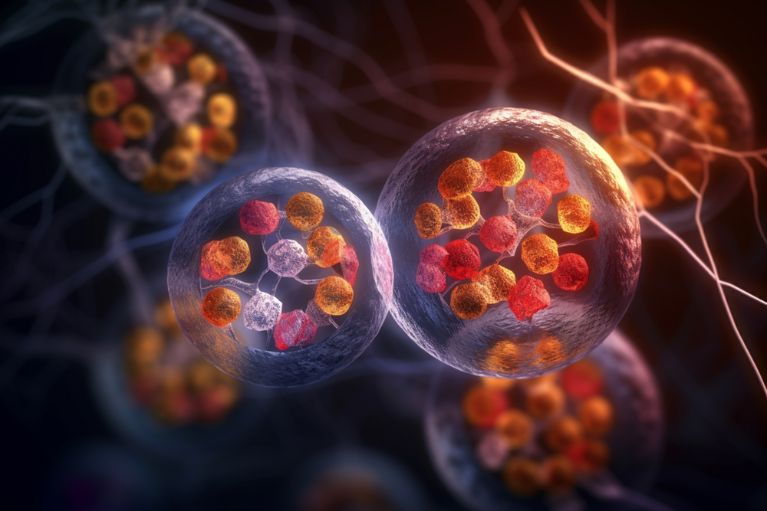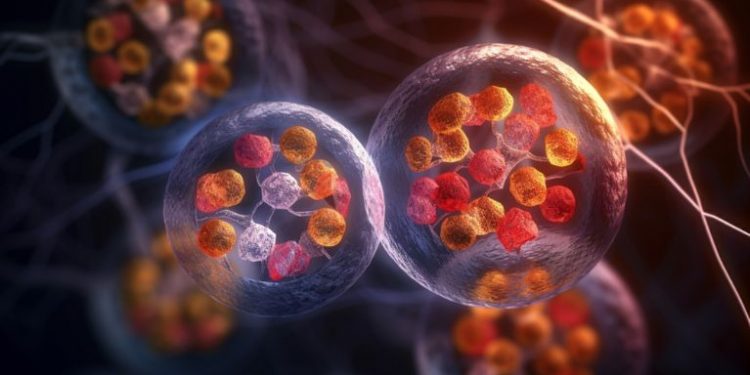Mantle cell lymphoma is a type of non-Hodgkin lymphoma (NHL), a group of cancers that affect B cells. It starts in the outer edge of a lymph node follicle, an area called the mantle zone. These cancer cells grow and spread to other parts of the body, causing symptoms such as a swollen spleen. It may also cause fever, tiredness and weight loss. In some cases, the disease may spread to other organs, such as the lungs, stomach or bone marrow. This is called metastasis.
The disease is usually diagnosed in people over 60, although it can affect anyone at any age. Men are three times more likely to develop the disease than women.
Often, doctors don’t see any obvious signs of mantle cell lymphoma and it can be hard to diagnose. People with this condition often have other health problems such as heart disease, autoimmune conditions or high blood pressure. They may also have a swollen spleen, which can cause pain behind the ribs when they eat or feel full quickly. They might also have a low level of white blood cells, which makes them more prone to infection. Sometimes mantle cell lymphoma can spread to the bowel or stomach and cause diarrhoea, tummy pain or sickness.
A doctor will check whether you have mantle cell lymphoma by taking a sample of blood or a tissue sample from your body and examining them in the laboratory. The samples are checked to look for certain proteins and genetic changes that can help doctors make the diagnosis. They will also be tested for how fast the cancer cells are growing and whether they have any particular mutations.

Once the diagnosis is made, doctors will decide on the best treatment based on the stage of the disease. Stage I means only one affected lymph node, stage II means two or more affected lymph nodes above the diaphragm and stage III means that the lymph nodes and bone marrow are affected.
Currently, the most common treatment for mantle cell lymphoma is chemotherapy. These drugs damage and kill cancer cells and can lead to remission in some patients. However, the cancer can come back once the treatment stops working, so medical researchers are evaluating new treatments to increase how long the remission periods last.
When new therapies are available, they can be used to treat relapsed mantle cell lymphoma in addition to chemo-immunotherapy. Examples include chimeric antigen receptor T-cell therapy (CAR T-cell) and bispecific antibody therapy targeting CD20-CD3. Bruton tyrosine kinase inhibitors such as ibrutinib can be added to these regimens to further improve the outcomes of relapsed mantle cell lymphoma.
Risk-adapted treatment programs are being studied, which tailor treatment according to baseline prognostic factors and incorporate biomarkers of response such as minimal residual disease assessment. Until these approaches become widely available, patients with mantle cell lymphoma will need to be evaluated on an individual basis. This will involve discussion of the options with a specialist in mantle cell lymphoma.









